Sol-gel chemistry to control morphology and porosity of actinide oxide feeds for electroreduction
February 2020 – January 2024
The global energy demand is currently increasing due to an exponentially growing world population and ever expanding economic growth. Nuclear energy is an important base-load power source that can fulfil this demand with a limited impact on carbon emissions to the environment. The accumulation of highly radiotoxic spent nuclear fuel however is a major disadvantage. The environmental footprint of a nuclear fuel cycle with recycling of fissile material is much lower because of savings on natural uranium resources and a significant decrease in required final repository volume. Several reactor concepts under development in the Generation IV international forum provide the ability to close the nuclear fuel cycle by reusing the majority of fertile and fissile elements as well as burn the long-lived actinides produced in the nuclear fuel. However, reprocessing the spent nuclear fuel from these Gen IV fast reactors will be more challenging considering the higher radiation dose and number of transuranium elements to recover.
Pyroprocessing is a combination of electrochemical operations for the reprocessing of spent nuclear fuels in high temperature molten salt media. Deployed as a batch process, it can be designed with a small footprint and can be implemented in a colocation system with several reactors in one site, contrary to a centralized aqueous reprocessing facility with large throughput. Pyroprocessing is highly radiation resistant and generally consists of several sub-processes: (i) head end treatment, (ii) electroreduction and (iii) electrorefining. In the electroreduction step the oxide feed is loaded in a high temperature LiCl:Li2O melt. Applying a current between the cathode (oxide feed) and inert anode reduces the feed material to its metallic form. The majority of highly active fission products is dissolved in the molten salt, reducing the heat and radiation of the metal product. Finally, during the electrorefining the metallic fuel is loaded in an electrorefiner containing a LiCl:KCl melt. The fuel is electrochemically dissolved by applying a specific potential between the fuel containing anode and a sequence of cathodes to recover a fraction rich in uranium and one in transuranium elements.
Although the advantages of pyroprocessing are clear, improvements in faradaic efficiency and processing time are still needed for its upscaling and widespread employment. These improvements are hindered by a lack of fundamental understanding of the processes at play. Precise mass transfer control that can be applied in this manner is crucial in gathering this fundamental information. The main objective in this research project is to reduce reaction time and improve the faradaic efficiency of the electroreduction process of actinide oxides in molten salt media to facilitate its future industrial application in pyroprocessing. To achieve this objective the mass transfer rate of active species involved in the electrochemical reactions needs to be understood and controlled.
Pyroprocessing is a combination of electrochemical operations for the reprocessing of spent nuclear fuels in high temperature molten salt media. Deployed as a batch process, it can be designed with a small footprint and can be implemented in a colocation system with several reactors in one site, contrary to a centralized aqueous reprocessing facility with large throughput. Pyroprocessing is highly radiation resistant and generally consists of several sub-processes: (i) head end treatment, (ii) electroreduction and (iii) electrorefining. In the electroreduction step the oxide feed is loaded in a high temperature LiCl:Li2O melt. Applying a current between the cathode (oxide feed) and inert anode reduces the feed material to its metallic form. The majority of highly active fission products is dissolved in the molten salt, reducing the heat and radiation of the metal product. Finally, during the electrorefining the metallic fuel is loaded in an electrorefiner containing a LiCl:KCl melt. The fuel is electrochemically dissolved by applying a specific potential between the fuel containing anode and a sequence of cathodes to recover a fraction rich in uranium and one in transuranium elements.
Although the advantages of pyroprocessing are clear, improvements in faradaic efficiency and processing time are still needed for its upscaling and widespread employment. These improvements are hindered by a lack of fundamental understanding of the processes at play. Precise mass transfer control that can be applied in this manner is crucial in gathering this fundamental information. The main objective in this research project is to reduce reaction time and improve the faradaic efficiency of the electroreduction process of actinide oxides in molten salt media to facilitate its future industrial application in pyroprocessing. To achieve this objective the mass transfer rate of active species involved in the electrochemical reactions needs to be understood and controlled.

